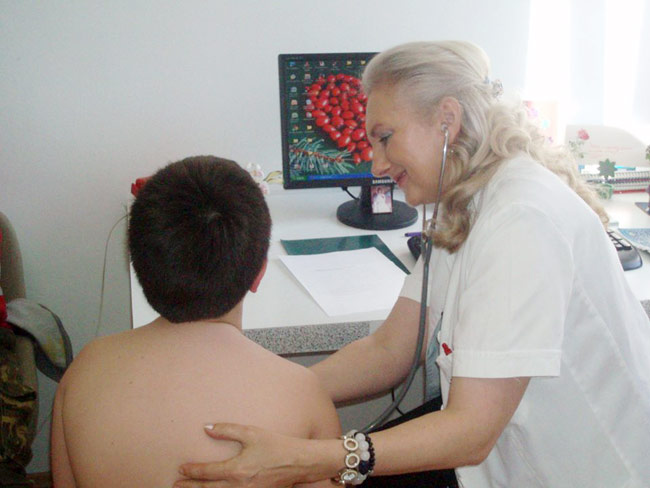DEAR VISITORS, THE NEW WEBSITE IS UNDER CONSTRUCTION, SO WE ASK FOR YOUR UNDERSTANDING IF YOU ENCOUNTER OUT-OF-DATE OR INCORRECT INFORMATION. FOR ALL QUESTIONS, WE ARE AT YOUR DISPOSAL BY PHONE +38131597597 or e-mail address: office@cigota.rs

ADMISSION OF A CHILD INTO THE ČIGOTICA PROGRAMME:
- Opening illness history
- Pediatrician’s check-up
- Anhtropometric measuring
- body height (TV)
- body mass (BM) - TANITA and IN BODY scales
- body mass index calculating (BMI)
- circumference measurement:
- upper arm circumference
- rib thoracic cage circumference
- waist circumference
- hips circumference
- upper arm circumference
- EKG
- Laboratory analyses:
- hematological analyses
- biochemical analyses
- urine check-up
- Psychological processing
- interview with psychologist
- self-evaluation questionnaries
- Evaluation of aerobic abilities
Initial pediatrician’s check-up and estimation of excessively fattened and obese child includes anamnesis (data on obesity evolution, family risk estimation) and clinical check-up.
Obligatory part of each check-up body mass measuring (BM), body height (BH), waist circumference (WC), body mass index calculation (BMI) and entering of the obtained value into the graph with percentile values.
Body mass index (BMI) is calculated in a way that body mass (BM) expressed in kg is divided with the body height square expressed in meters:
Body mass (kg)
BMI = -------------------------
Body height (m²)
Body mass index (BMI) of obese children is ≥ 97 percentiles
Body mass index (BMI) of excessively obese children is ≥ 90 percentiles
Chart 1. Body mass index (percentile) in girls aged 2-20 years
Chart 2. Body mass index (percentile) for boys aged 2-20 years
Waist circumference measuring is a good indicator of abdominal (visceral) obesity which represents a special risk for developing metabolic syndrome and cardiovascular complications of obesity.
Obligatory part of pediatric check-up is blood pressure measuring, interpretation of EKG, planning necessary laboratory check-ups.
Along with expert monitoring patients are given a plan of diet and physical activities depending on their age, fitness and health condition, and if necessary medicament therapy is introduced as well.

 CONTACT US
CONTACT US